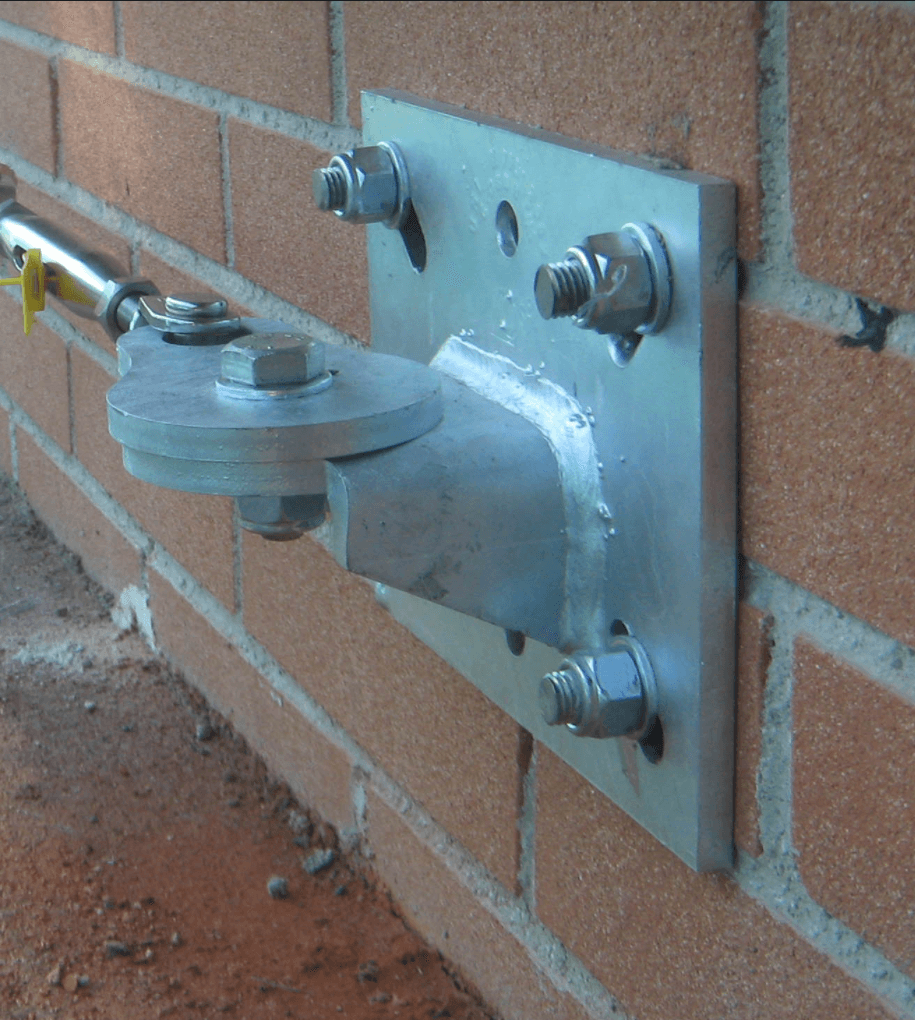
REFERENCE TECHNICAL STANDARDS FOR LIFELINES: WHICH ONES?
More and more often we hear about technical standards that regulate the anchoring devices sector against falls from a height and more and more often we find ourselves trying to understand something in this difficult and intriguing topic.
What do the technical standards on lifelines cover?
They address HOW the product should be made, that is, they define the performance requirements and test methods so as to regulate a safe and functional product.
In short:
European standard EN 795:2012
The standard specifies performance requirements and associated test methods for:
- single-user anchoring devices
- which are intended to be removed from the structure
“To be removed from the structure” means that the devices are REMOVABLE but not necessarily INDIVIDUAL (i.e. not necessarily PPE). The removability characteristic that they must have is embodied in the possibility of being able to remove the device from the structure at any time without having to destroy part of it; consequently, this implies anchoring such that it does not involve making the devices part of the structure.

Technical specification CEN/TS 16415:2013
Supplements the previous standard by dictating the additional tests to which the systems must be subjected to have the suitability for use by several people at the same time.
National standard UNI 11578:2015
The standard is Italy’s response to the gaps in application and fixing techniques that the other European standards in force left open. Therefore only valid in Italy, 11578 joins EN 795:2012 and CEN/TS 16415:2013 specifying the requirements and test methods for anchoring devices intended exclusively for permanent installation on or in the structure, designed to accommodate one or more connected users at the same time.
This standard therefore extends the scope to all techniques for fixing devices to structures, removing the exclusivity of those that can only be removed and also considering the fixing through which the device is secured and therefore an integral part of the structure itself (such as casting or welding) to be correct.
What rules are valid and in force?
UNI EN 795:2012 is the official version of the European standard EN 795 and replaces the previous standard UNI EN 795:2002.


One of the key aspects that the 2012 edition standard establishes compared to 2002 is represented by point 4.1.2: “if checked in accordance with point 5.1.7, the U-clamps must not be used to form terminals in any part of an anchoring device”. This introduces the use of the strain-relief loop device as one capable of tightening the free end of the cable more securely and correctly.
A further difference between the two standards, useful to understand when we are talking about devices certified for one standard instead of the other, is that 2002 shows the term “CLASS” for the various types of anchorage while 2012 shows the term “TYPE”, then grouping them into the 5 categories A, B, C, D and E.
Even if you find material certified according to the old standard with 2002 edition, is it right to install it?
Each regional decree or law regulates this aspect independently, referring to the UNI standards of reference/in force.
In Tuscany, for example, as can be seen from the institutional site of the Region www.coperturasicura.toscana.it, only devices with a production date prior to the entry into force of the most recent 795:2012 are allowed to be installed in the 2002 compliant material (therefore probably only in stock?!).
In Piedmont, Art. 4 (Definitions), point g. the definition of “Protection system against falls from a height” is reported and it is specified that these systems are suitable if they comply with the reference technical standards.
For Lombardy, decree no. 119 states in point 4 that the anchoring devices must meet the requirements of standard 795 of 31.5.98 and subsequent updates, so it always refers to the latest edition of the standard in force.
These are just three examples that show how this particular aspect is managed region by region.
The above serves as a brief example of the contents of the regulations currently in force, clarifying which are replaced and superseded and which are valid and in force.
Understanding what the reference points are, and those that are no longer because they are outdated, is extremely important because it allows you to know how you are working and especially with whom you are working.
 Ask for the estimate
Ask for the estimate
 It
It Es
Es

